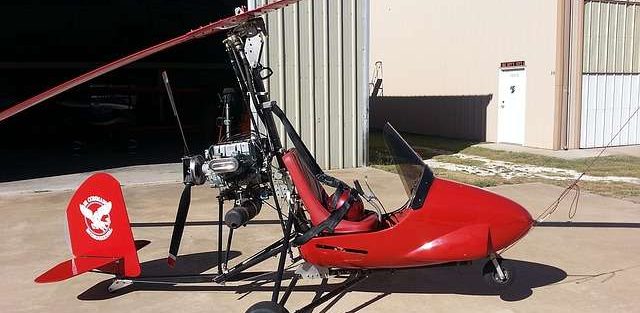Ultralight Aircraft

- For recreational or sport flying only
- Has no airworthiness certificate
- Weighs less than 155 pounds (unpowered)
- Weighs less than 254 pounds (powered)
Regulating Ultralights Using FAR Part 103
Another interesting fact about ultralight aircraft is that the FAA doesn’t consider them to be aircraft at all. Instead, the FAA classifies them as vehicles. However, they still cover them in the Federal Aviation Regulations, under Part 103. Ultralights lack the navigational, communication and collision-avoidance technology you’d find in an aircraft used for jet charter service. This is one of the main reasons the FAA only permits pilots to fly them during daylight hours (i.e. sunrise to sunset). Nor can an operator fly an ultralight over densely populated areas. Given the shortened range of an ultralight (their fuels tanks can hold a maximum of five gallons), they’re only useful for short excursions. And while the FAA requires no certification to operate an ultralight, we highly recommend would-be operators to undergo some formal training.An ultralight aircraft is a lightweight aircraft that operators can fly for sport and recreation purposes only. An ultra-light requires no FAA registration, nor a pilot license. As you’d expect, you cannot legally use an ultralight for jet charter service.
In fact, one of the Federal Aviation Administration’s (FAA) requirements for a plane to be considered an ultralight is that it has only one seat. Other classification criteria include:
- For recreational or sport flying only
- Has no airworthiness certificate
- Weighs less than 155 pounds (unpowered)
- Weighs less than 254 pounds (powered)
Regulating Ultralights Using FAR Part 103
Another interesting fact about ultralight aircraft is that the FAA doesn’t consider them to be aircraft at all. Instead, the FAA classifies them as vehicles. However, they still cover them in the Federal Aviation Regulations, under Part 103.
Ultralights lack the navigational, communication and collision-avoidance technology you’d find in an aircraft used for jet charter service. This is one of the main reasons the FAA only permits pilots to fly them during daylight hours (i.e. sunrise to sunset). Nor can an operator fly an ultralight over densely populated areas.
Given the shortened range of an ultralight (their fuels tanks can hold a maximum of five gallons), they’re only useful for short excursions. And while the FAA requires no certification to operate an ultralight, we highly recommend would-be operators to undergo some formal training.








